15 Civil War Sites That Tell America’s Hardest Truths Of Tragedy And Triumph

The Civil War left profound scars on the nation’s memory and landscape. Several sites offer a poignant glimpse into the stories of courage and loss. From battlefields to surrender sites, these locations highlight the true cost and enduring impact of the conflict. Ready to step into the past? Here are 15 must-see spots that bring it to life.
Gettysburg National Military Park, Pennsylvania
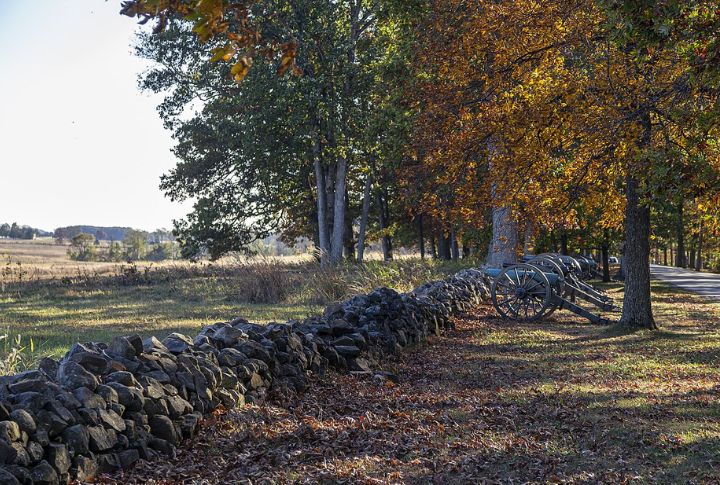
Gettysburg marked the bloodiest clash, with around 51,000 casualties. Lincoln’s Gettysburg Address echoed across this field. Confederate troops advanced farther north than ever before, and Pickett’s Charge failed disastrously. Today, the park preserves over 6,000 acres of battlefield and historic ground.
Andersonville National Historic Site, Georgia

More than 45,000 Union prisoners were kept at Andersonville and nearly 13,000 died from disease, starvation, and overcrowding. Commander Henry Wirz was later executed for war crimes. Visitors today can explore preserved grave sites, stockade outlines, and the National Prisoner of War Museum, which honors the suffering and stories of those who were held captive.
Fort Sumter National Monument, South Carolina
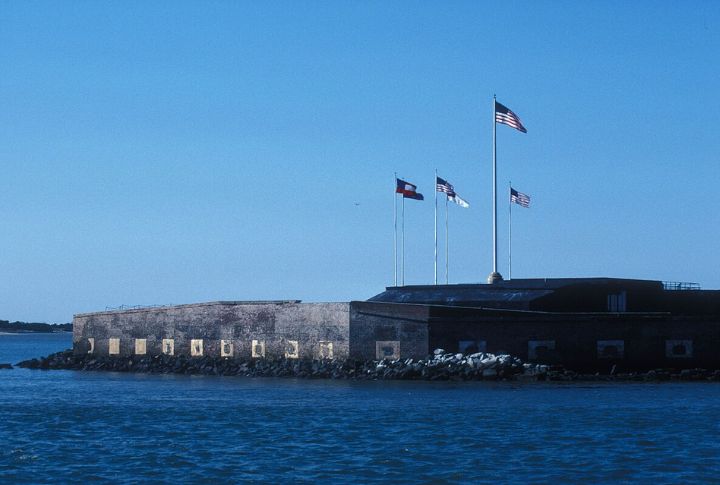
The Civil War began here in 1861 with a 34-hour Confederate bombardment on Union troops. Surprisingly, no one died in the initial assault. Built atop a man-made island, Fort Sumter saw a symbolic Union flag rising in 1865 after years of national strife.
Antietam National Battlefield, Maryland

Nearly 23,000 soldiers fell in a single day, marking the deadliest event in U.S. military history. The Union made strategic gains that paved the way for the Emancipation Proclamation, while Clara Barton cared for the injured amid the chaos. Fierce combat unfolded at Burnside’s Bridge, and early battlefield photography showcased its harrowing aftermath for the public.
Appomattox Court House National Historical Park, Virginia
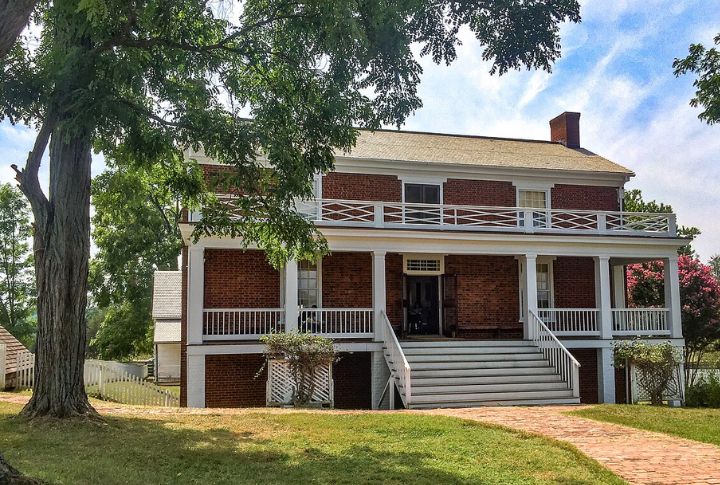
The war’s end came when Robert E. Lee surrendered to Ulysses S. Grant, signaling a shift in history. Confederate soldiers were allowed to keep their horses and return home. The McLean House hosted the signing of the surrender, an ironic twist as the war had begun in McLean’s former residence. A formal farewell ceremony followed, with troops stacking their arms.
Harpers Ferry National Historical Park, West Virginia

In 1859, John Brown’s ill-fated raid on slavery unfolded here. The town’s armory made it a strategically important and fiercely contested location, changing hands more than eight times. Federal forces and local militias clashed repeatedly at this river junction and battled for control of its valuable weapons arsenal.
Petersburg National Battlefield, Virginia
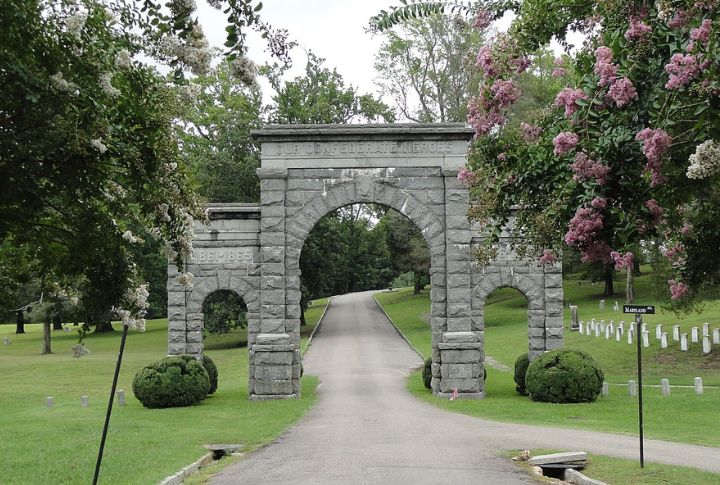
A 9-month siege unfolded at Petersburg, where trench warfare foreshadowed WW1. Union troops exploded a mine during the “Battle of the Crater.” African American soldiers led a brave but costly charge. Their efforts helped bring down Richmond and hastened the Confederacy’s fall.
Chickamauga And Chattanooga National Military Park, GA & TN

Home to the second-highest casualties, this park includes the pivotal Chattanooga campaign, which opened the Deep South to Union forces. Created in 1890, it was the first official national military park. Key clashes occurred at Horseshoe Ridge, spanning two states and multiple battlefields.
Fort Monroe, Virginia
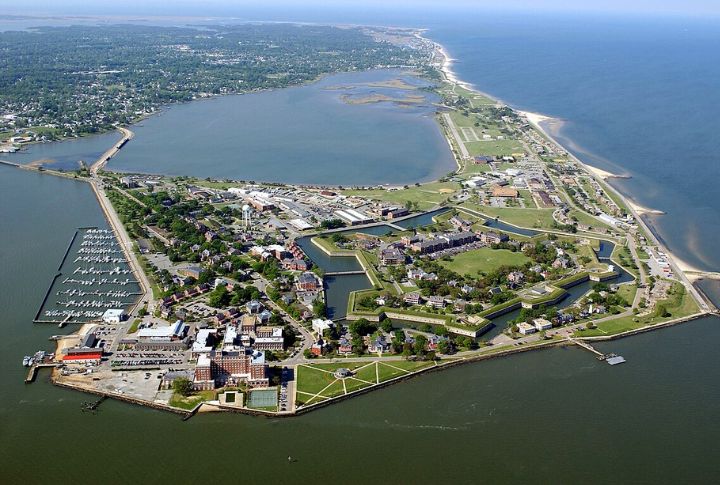
Though surrounded by Confederate territory, Fort Monroe stayed in Union hands. It gave sanctuary to thousands of escaping slaves and pioneered the “Contraband” policy. Nicknamed “Freedom’s Fortress,” it later held Jefferson Davis after the war. Its coastal location made it important to naval operations.
Manassas National Battlefield Park, Virginia

The site of both the first major battle and the Second Battle of Bull Run, Manassas, once attracted spectators with picnic baskets, anticipating a swift Union victory. It was here that General Jackson earned his iconic “Stonewall” nickname. Much of the battlefield’s 19th-century terrain remains preserved and walkable today.
Vicksburg National Military Park, Mississippi
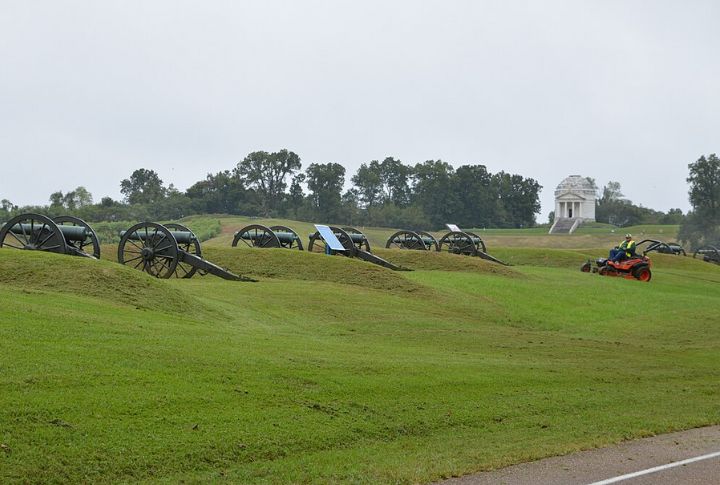
After a long siege, Vicksburg fell and gave the Union total control of the Mississippi River, which split the Confederacy. Civilians hid in caves to escape the bombardment. Vicksburg refused to celebrate July 4th for decades. Over 1,300 markers and memorials now commemorate the siege’s legacy.
Battle Of Olustee Historic State Park, Florida
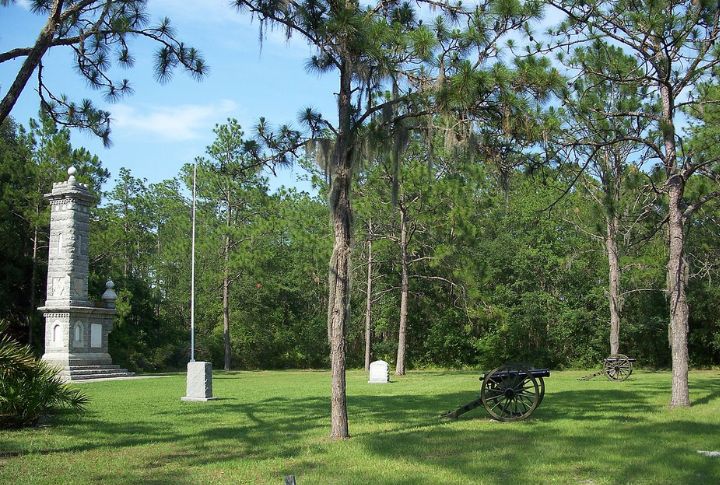
Florida’s largest battle left over 2,800 casualties. Black Union troops played a significant role in the fight. The Confederate win blocked further Northern advances. Earthworks from 1864 are still visible, and annual reenactments ensure the memory of this intense clash remains alive.
Port Hudson State Historic Site, Louisiana

Enduring the longest siege in U.S. history, Port Hudson held out for 48 days. The Union’s victory secured full control of the Mississippi River. Black regiments faced intense fire, fighting with remarkable distinction. Confederate troops surrendered shortly after Vicksburg. Well-preserved trenches and artillery positions still line the historic grounds.
Camp Nelson National Monument, Kentucky
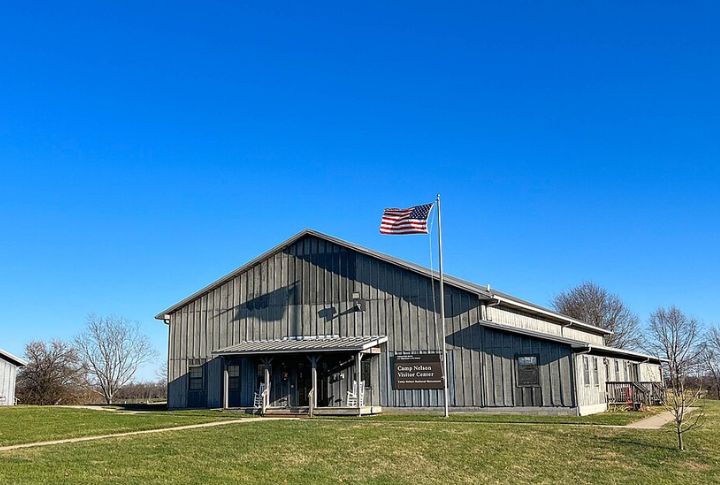
The Camp trained over 10,000 African American soldiers and sheltered formerly enslaved families. It became one of the Union’s biggest supply depots. Yet, its history showed contradictions in the North’s racial attitudes. In 2018, the site gained federal recognition as a national monument.
Kennesaw Mountain National Battlefield Park, Georgia
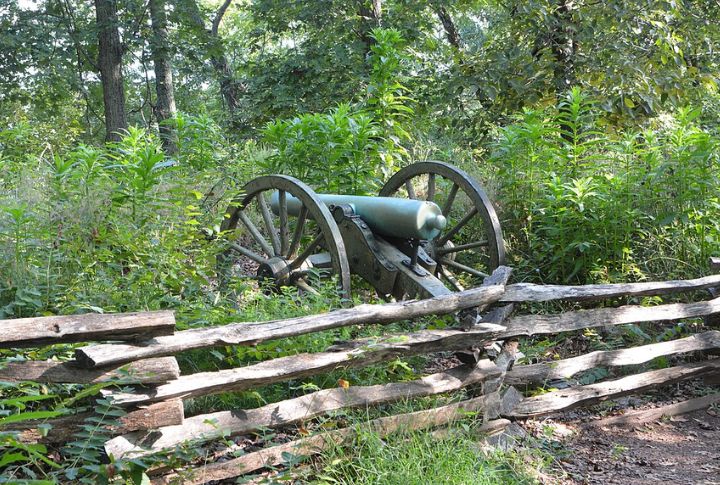
Despite a Confederate win here, Union forces kept advancing toward Atlanta. The rugged lands favored Southern defenses. Sherman’s troops encountered stiff resistance, visible today in the original trenches and artillery positions. The summit provides commanding views that reveal why the site held strategic value.






